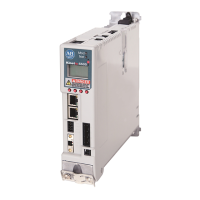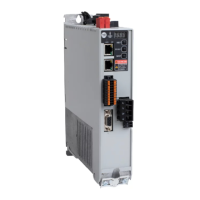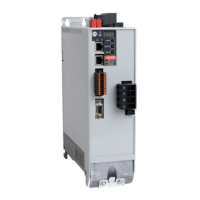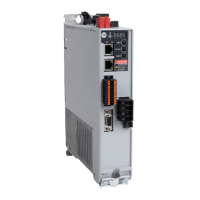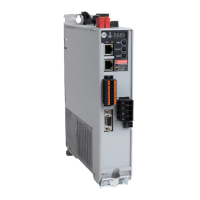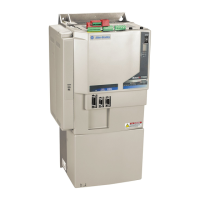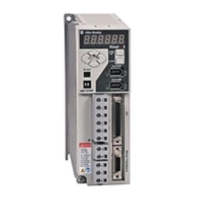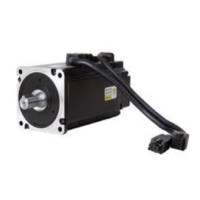166 Rockwell Automation Publication 2198-UM001M-EN-P - November 2022
Chapter 10 Kinetix 5500 Safe Torque Off - Integrated Safety
Safety Application Requirements
Safety application requirements include evaluating probability of failure rates
(PFH), system reaction time settings, and functional verification tests that
fulfill SIL 3 criteria. See Probability of Dangerous Failure Per Hour on page 168
for more PFH information.
Creating, recording, and verifying the safety signature is also a required part
of the safety application development process. Safety signatures are created by
the safety controller. The safety signature consists of an identification
number, date, and time that uniquely identifies the safety portion of a project.
This includes all safety logic, data, and safety I/O configuration.
For safety system requirements, including information on the safety network
number (SNN), verifying the safety signature, and functional verification tests
refer to the GuardLogix 5570 Controller Systems Safety Reference Manual,
publication 1756-RM099
.
Category 3 Requirements According to ISO 13849
Safety-related parts are designed with these attributes:
• A single fault in any of these parts does not lead to the loss of the safety
function.
• A single fault is detected whenever reasonably practicable.
• Accumulation of undetected faults can lead to the loss of the safety
function and a failure to remove motion producing power from the
motor.
Stop Category Definition
Stop Category 0 as defined in IEC 60204 or Safe Torque Off as defined by
IEC 61800-5-2 is achieved with immediate removal of motion producing power
to the actuator.
IMPORTANT You must read, understand, and fulfill the requirements that are
detailed in publication 1756-RM099
before operating a safety system
that uses a GuardLogix controller and 2198-Hxxx-ERS2 servo drive.
IMPORTANT If there is a malfunction, the most likely stop category is Stop Category
0. When designing the machine application, timing and distance must be
considered for a coast-to-stop. For more information regarding stop
categories, refer to IEC 60204-1.
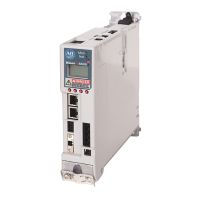
